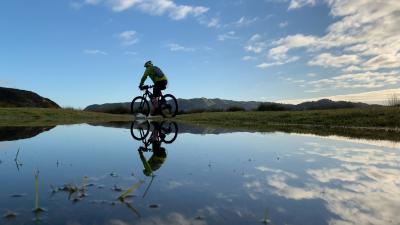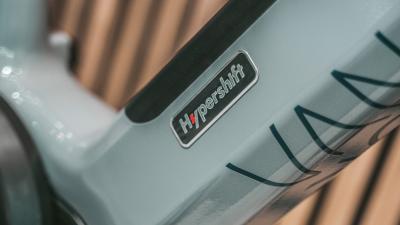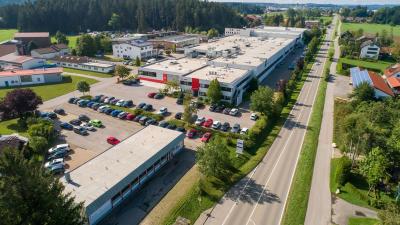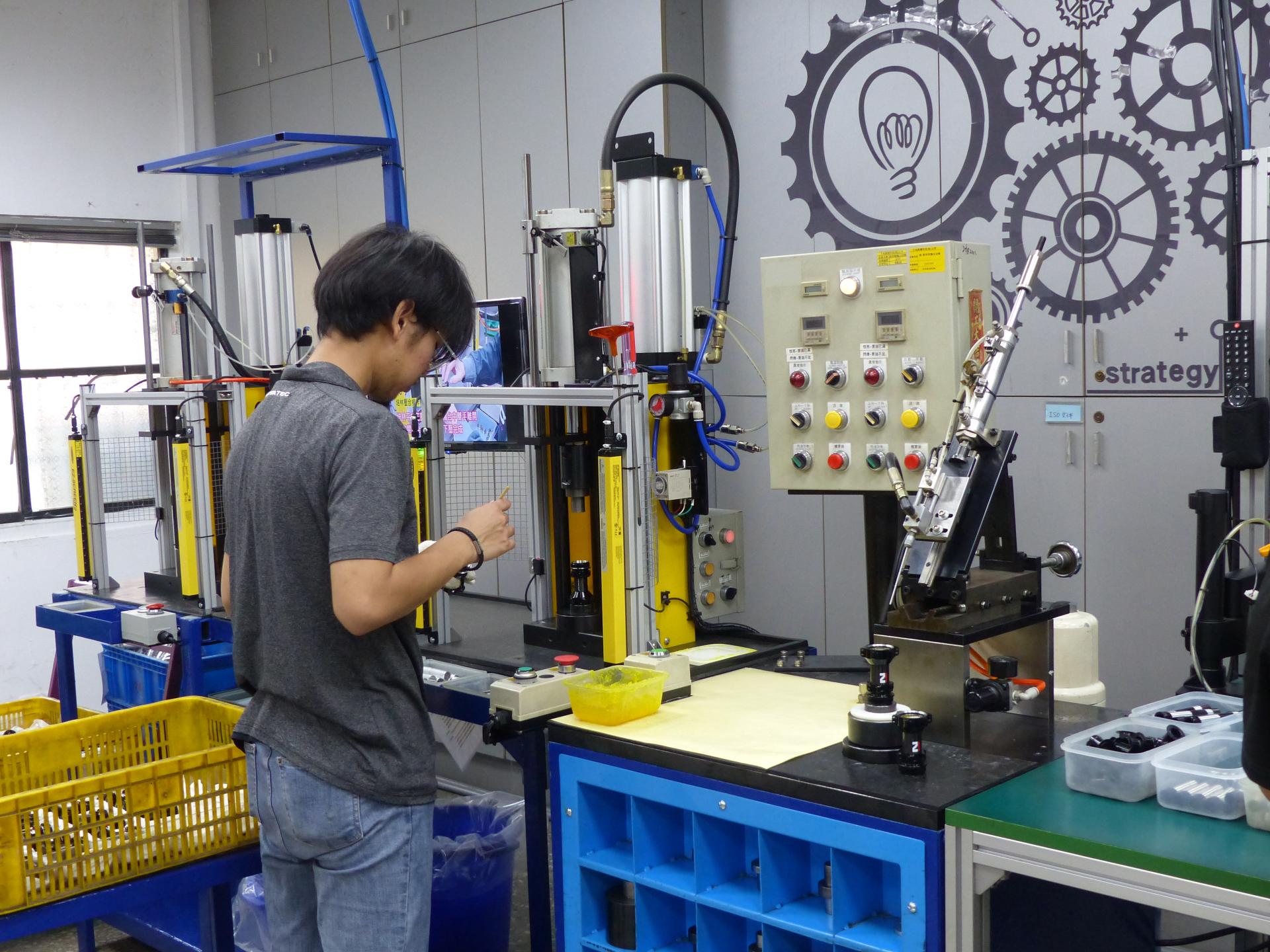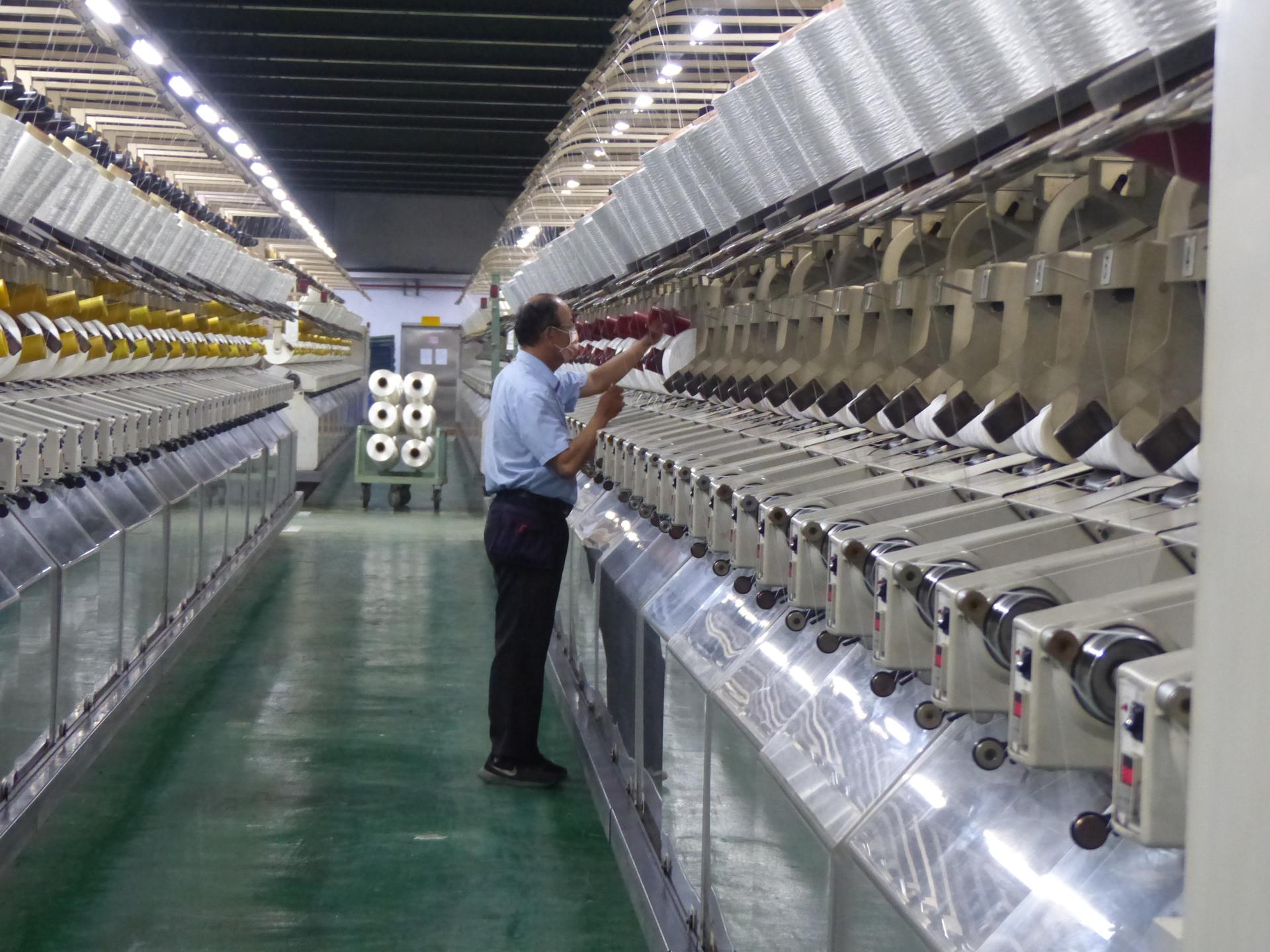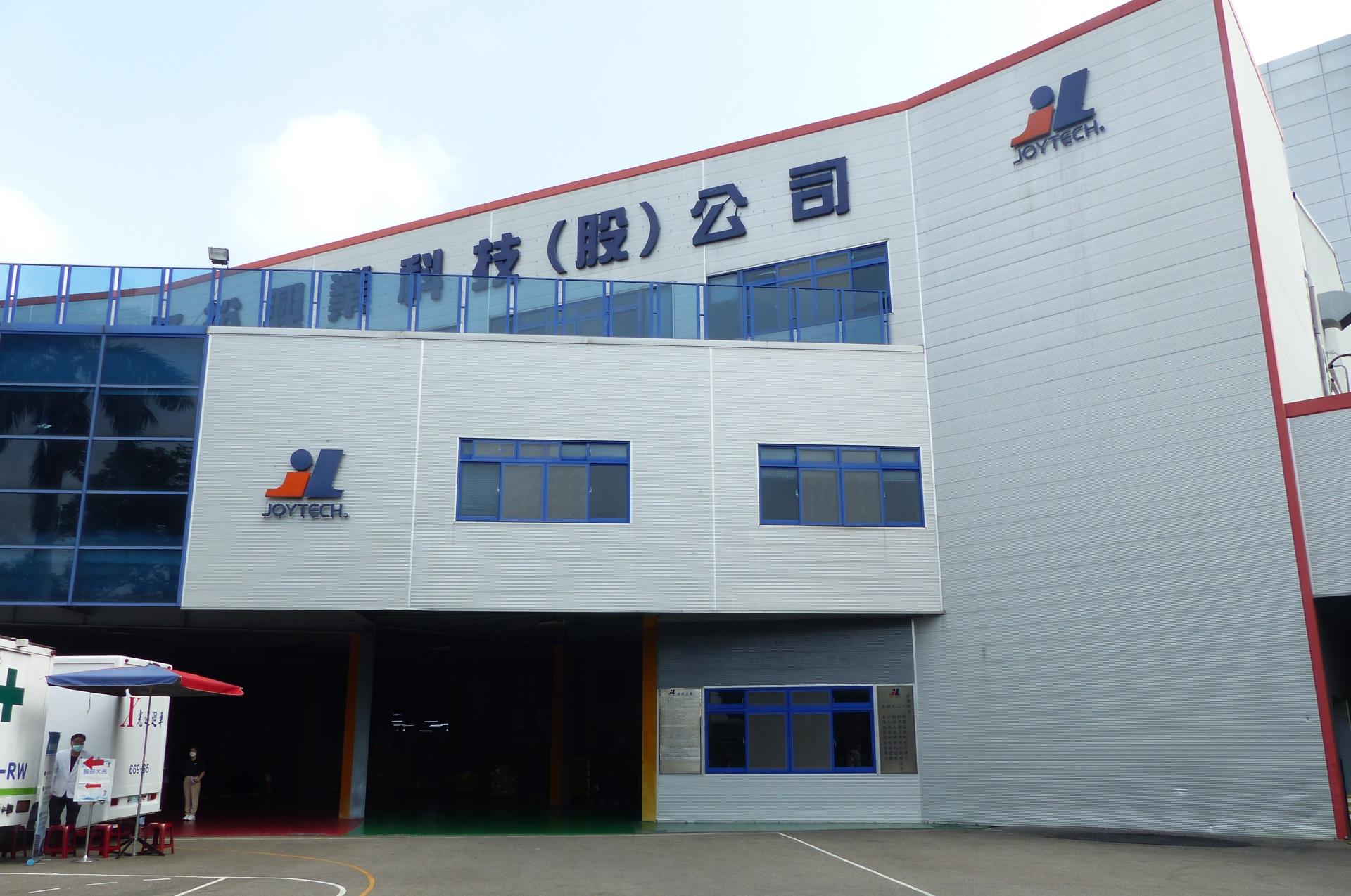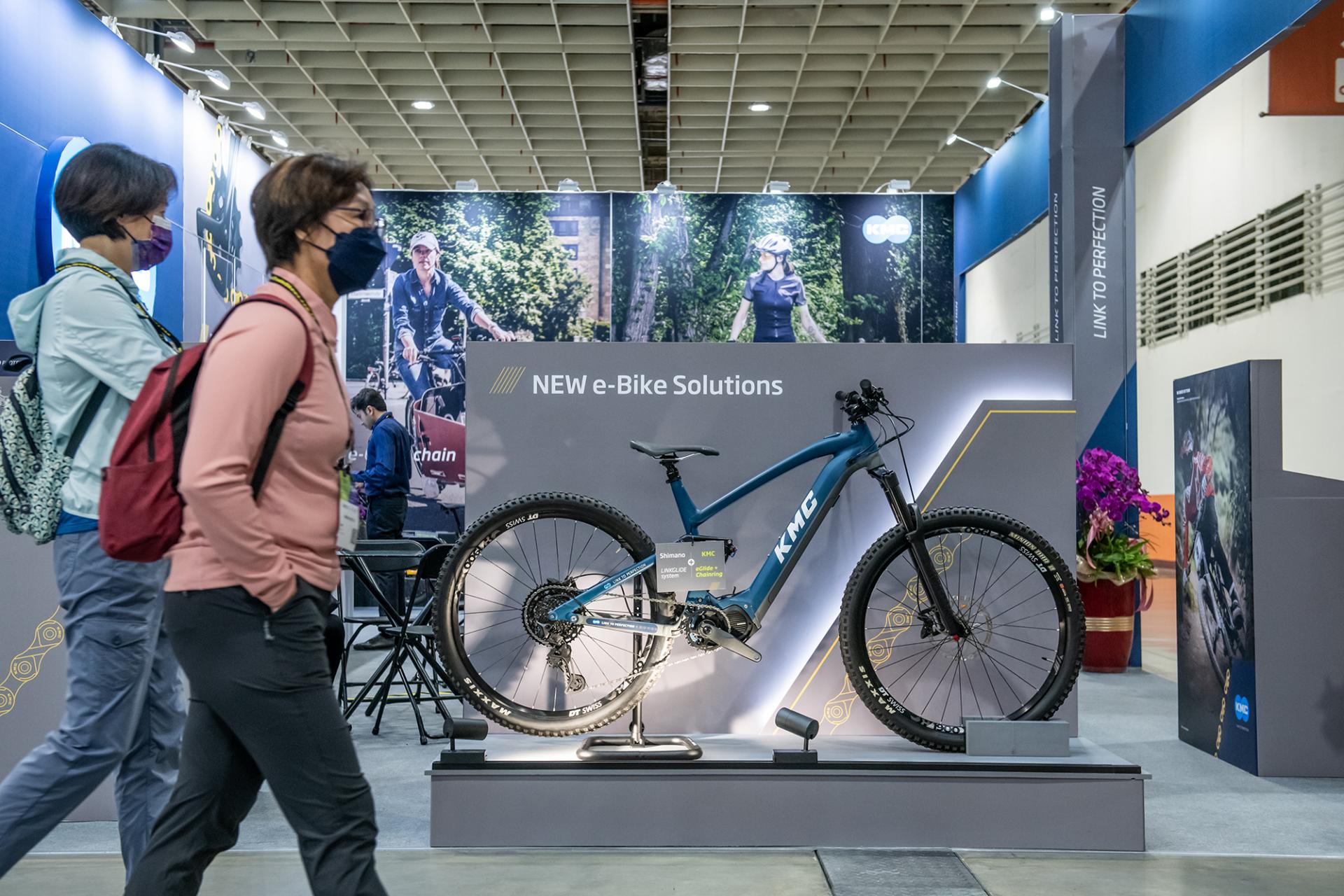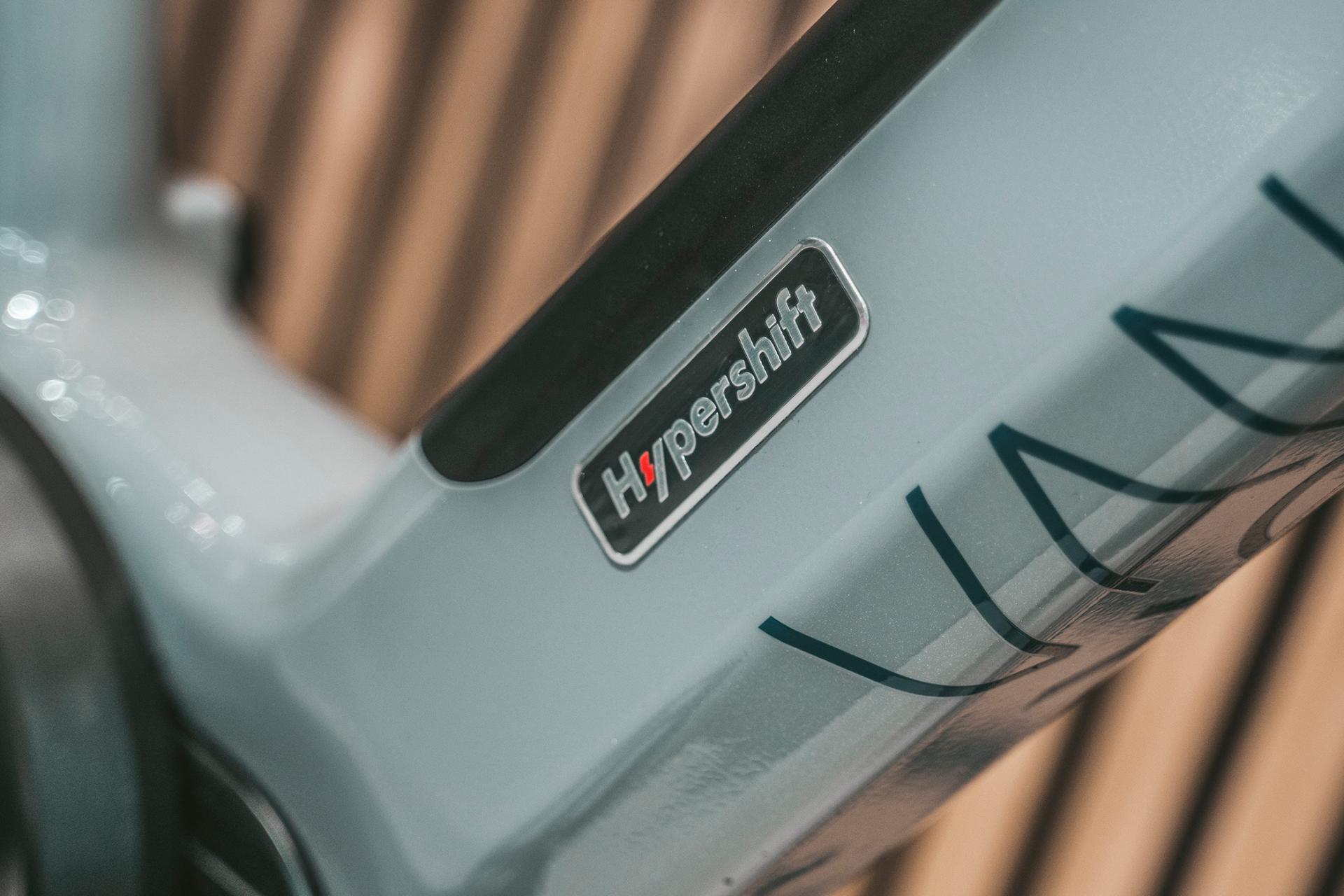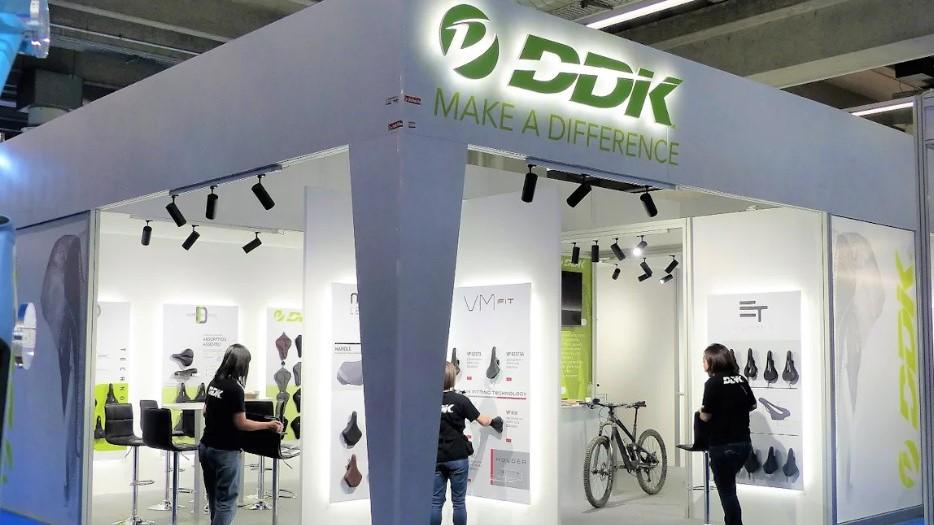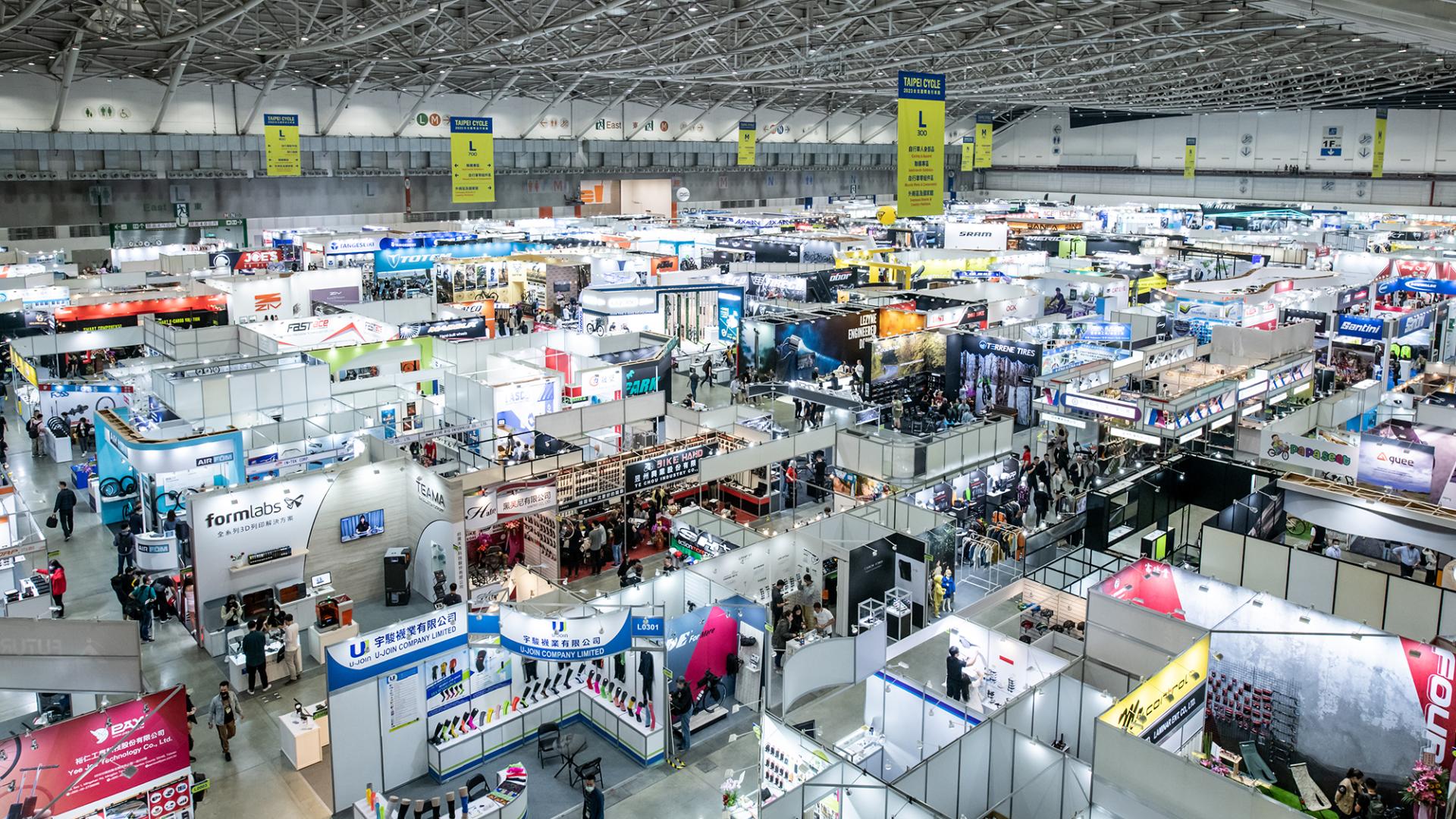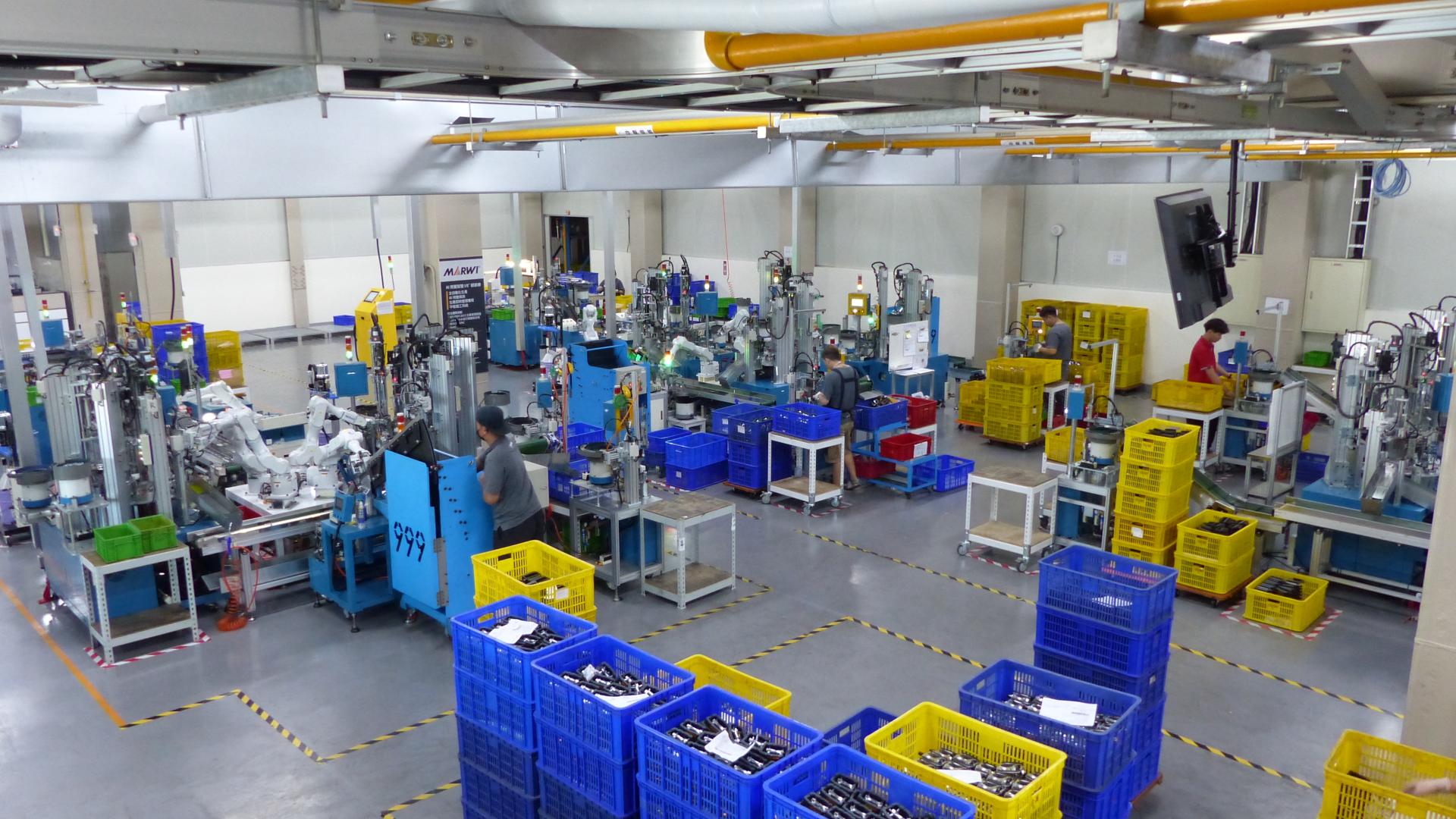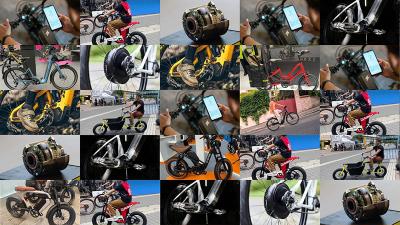Formosa Taffeta aiding bike brands reach ESG goals
The transformation to a more sustainable bicycle production and products is largely made possible thanks to technological developments of Tier-2 and Tier-3 suppliers. Formosa Taffeta is one of those companies as they produce tyre carcasses and anti-puncture fabric made of recycled fishing nets. Formosa Taffeta is a subsidiary of Formosa Chemicals & Fibre Corp (FCFC), one of Taiwan’s leading chemical industries. In 2022 FCFC generated a total turnover of €9.8 billion, employing more than 100,000 people.
One of three suppliers in the world
Formosa Taffeta is one of only three companies worldwide which has the technology to recycle fishing nets. “We want to help bicycle tyre brands to reach their ESG targets by offering them tyre cords made of 100% recycled fishing nets,” says Edward Lung during a factory tour in Yunlin, Taiwan. At the moment Maxxis is starting to use recycled nylon for the production of their tyres, while Formosa Taffeta is in discussions with more tyre manufacturers. But also with bicycle brands as the cord can also be used a fibre for frames. “We hope to expand our customer base with leading names like Giant, Trek and Specialized as we can help them raise the recycled material ratio of the carbon frames for example.”
Harvesting fishing nets
While the mechanical recycling process of the fishing nets is done on another location, the Yunlin facility produces the cord used to weave the carcass. This cord production is fully automized and takes place on a massive scale. This instantly raises the question for how long can Formosa Taffeta harvest used fishing net around Taiwan? According to Edward Long there is enough for many years to come. At least there is no reason yet to look for new locations to put up a harvesting project. Formosa Taffeta also tries to keep the whole recycling project local to make it as environmentally friendly as possible.
Formosa Taffeta will be exhibiting at Taipei Cycle Show, they can be found at booth number S0224, (TaiNEX 2).
